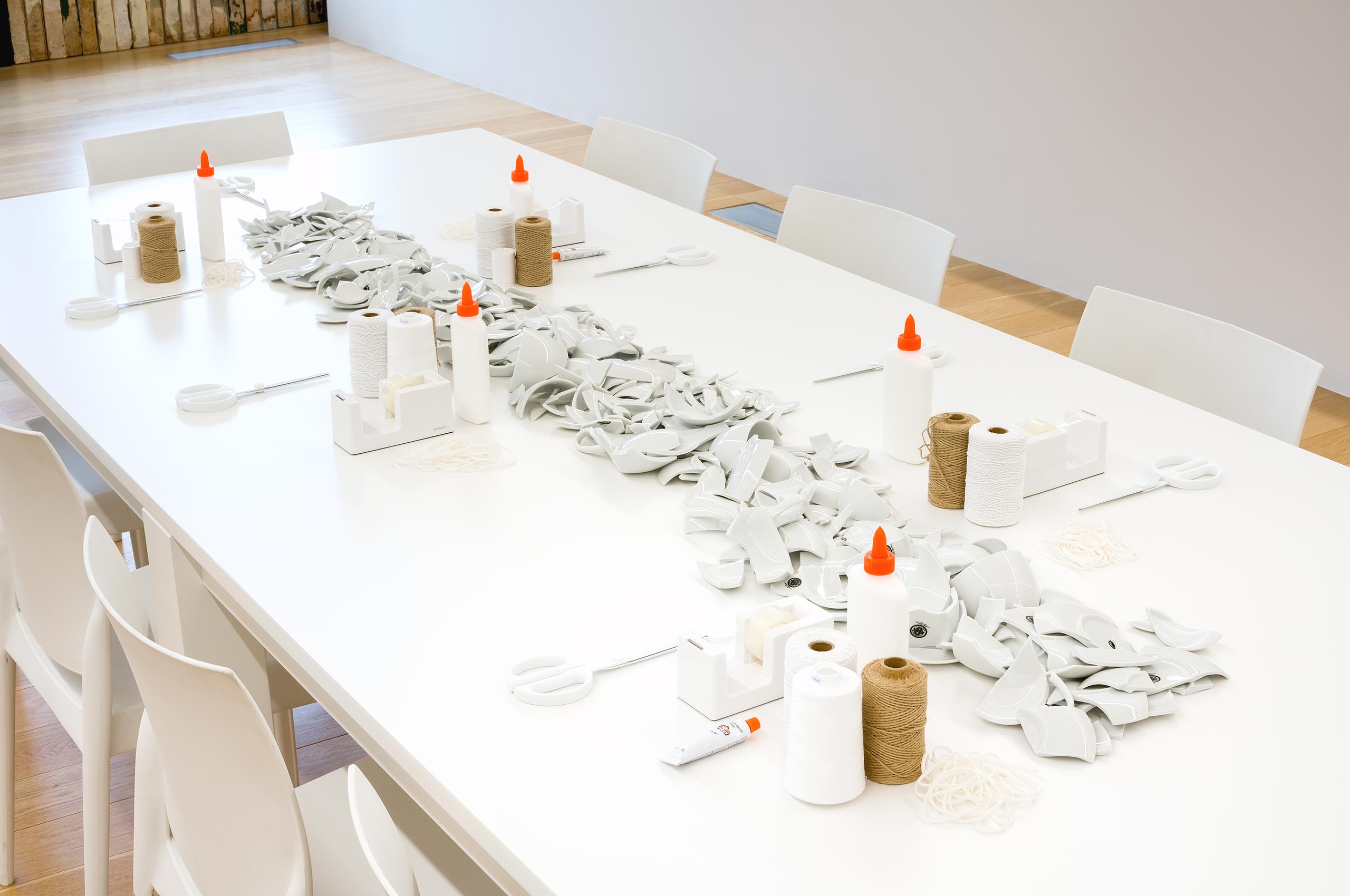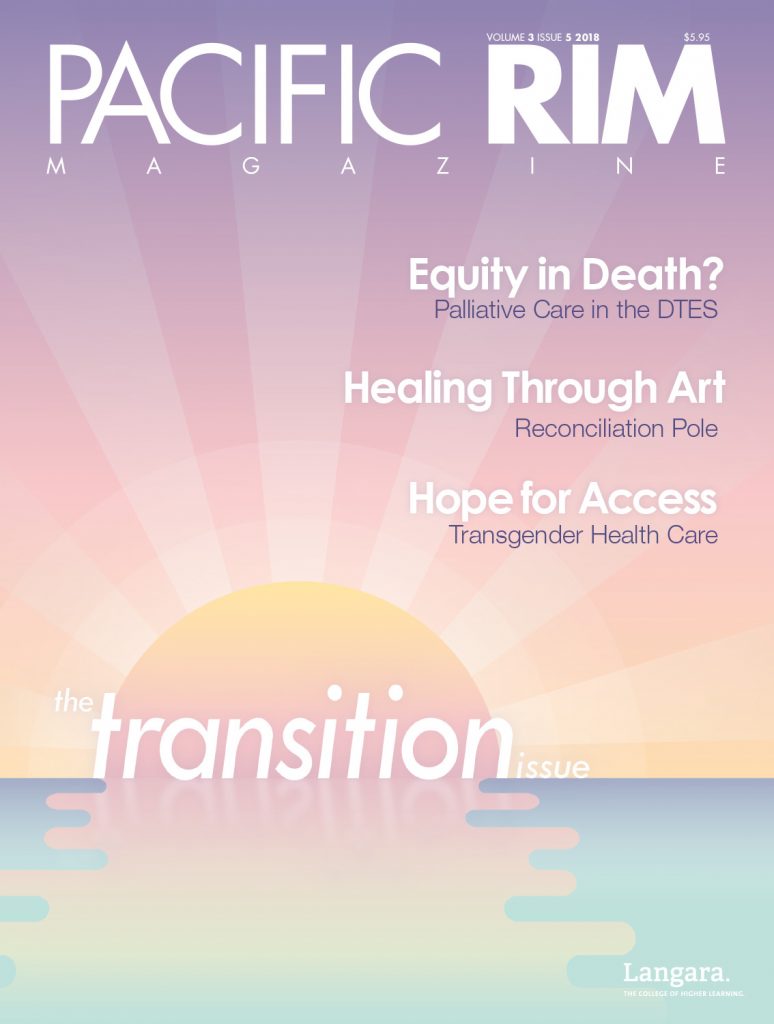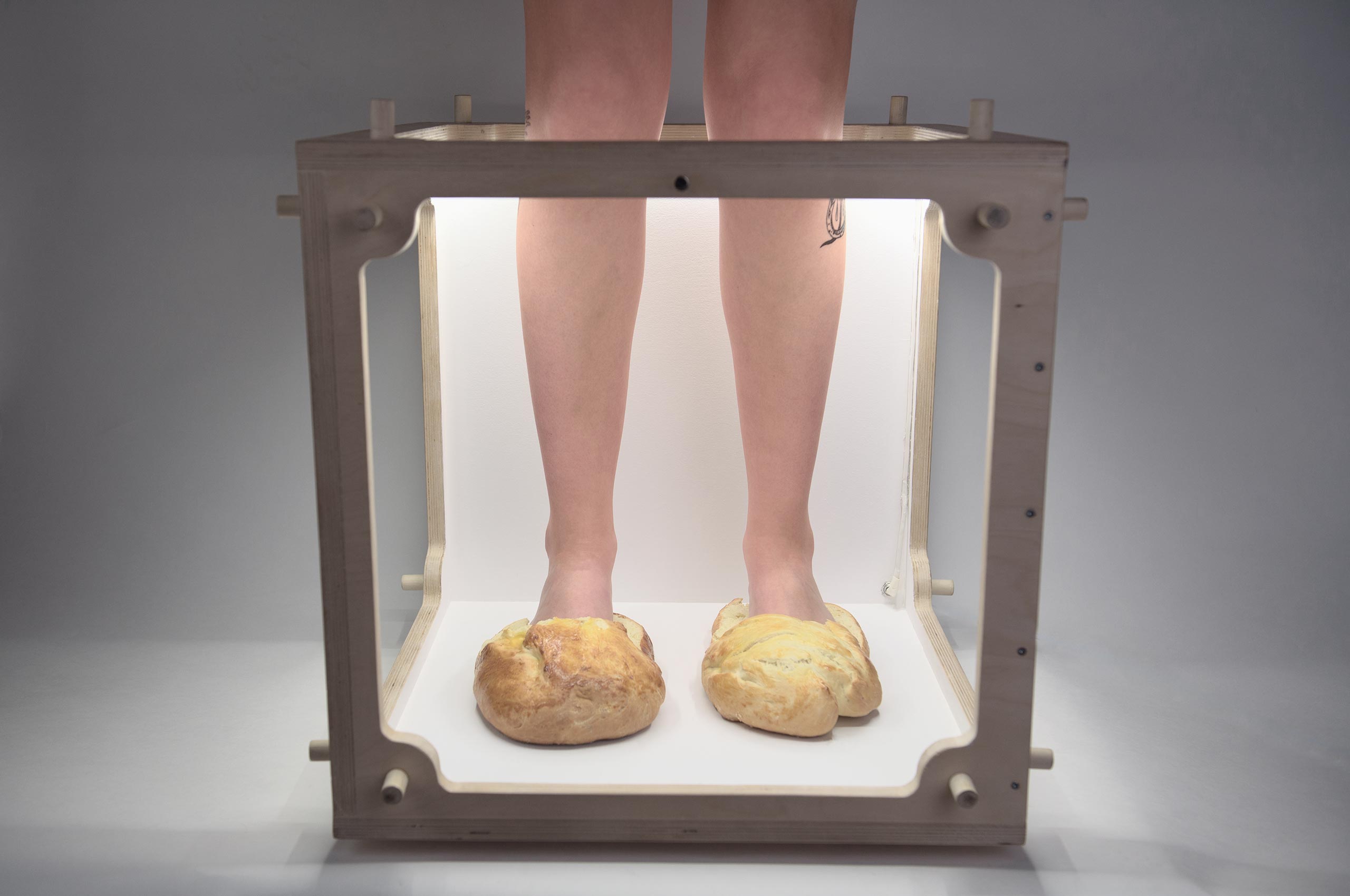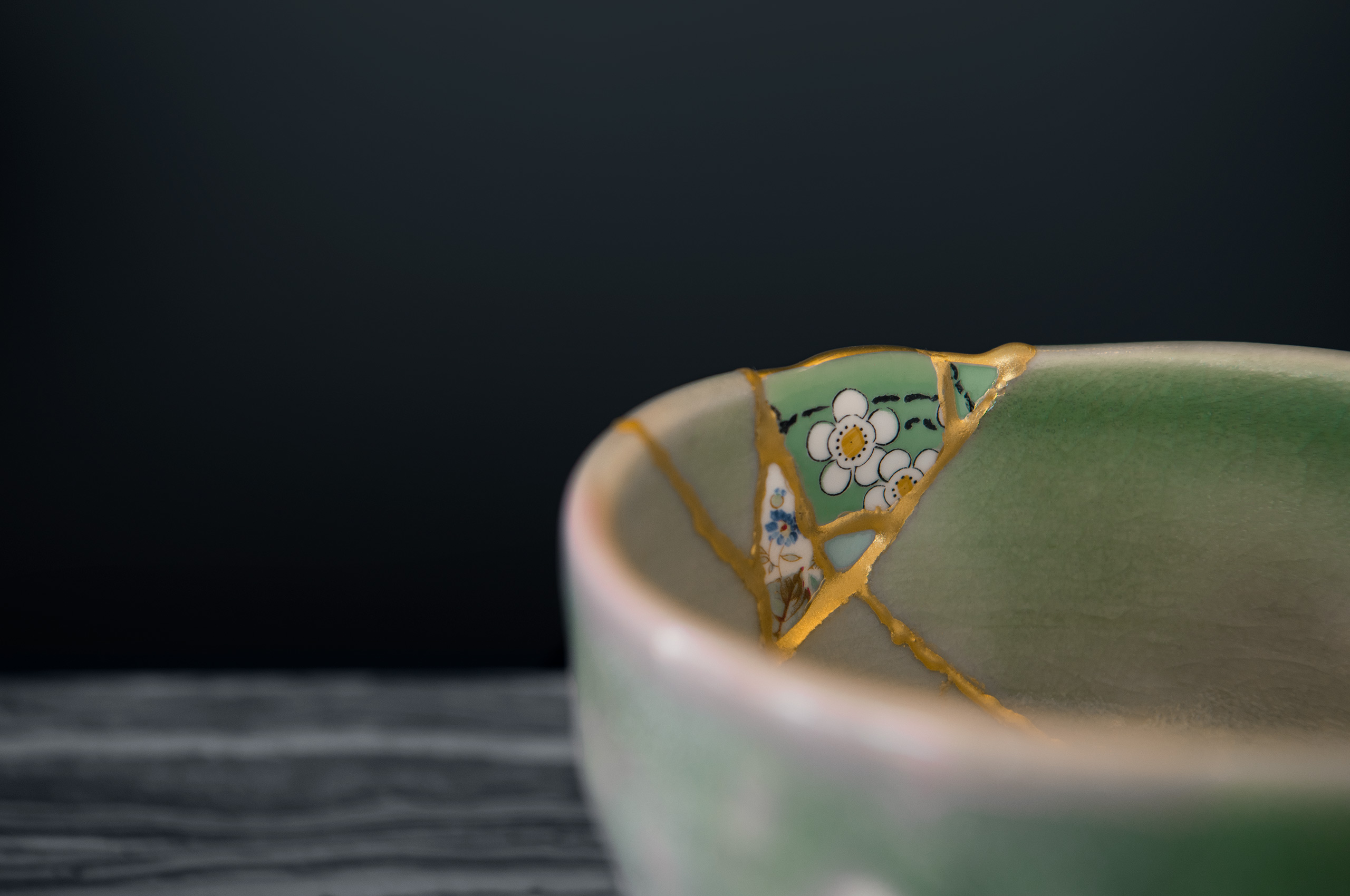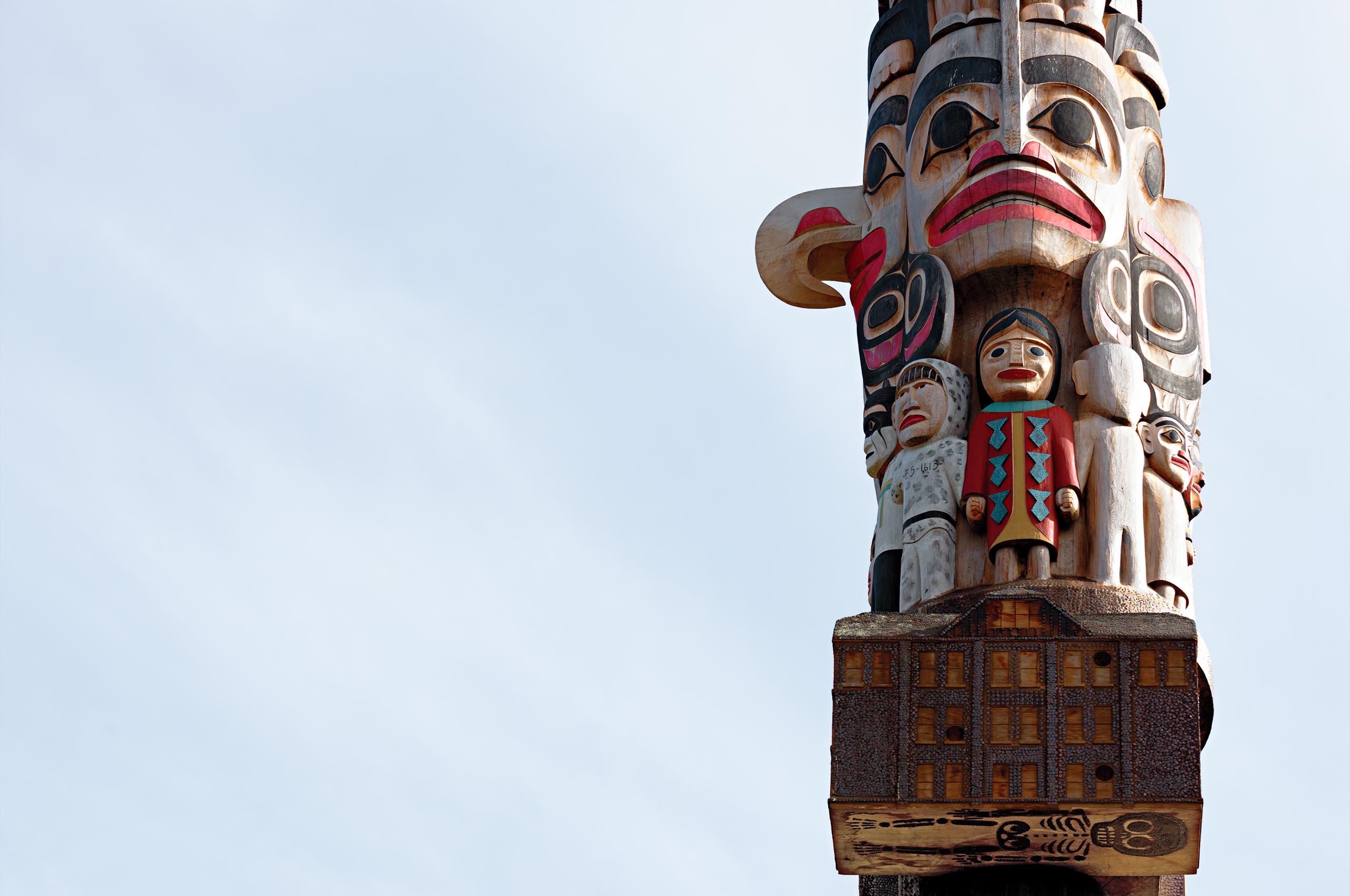Picture a long white table topped with a smattering of broken white cups and saucers as though the Mad Hatter had a particularly wild tea party, leaving no teacup unharmed. This is what you’ll find at Yoko Ono’s exhibit at the Rennie Museum in Vancouver Chinatown’s historic Wing Sang building. You might expect a famous artist’s show to be huge, crowded, and possibly intimidating, but Yoko Ono’s Mend Piece is just the opposite.
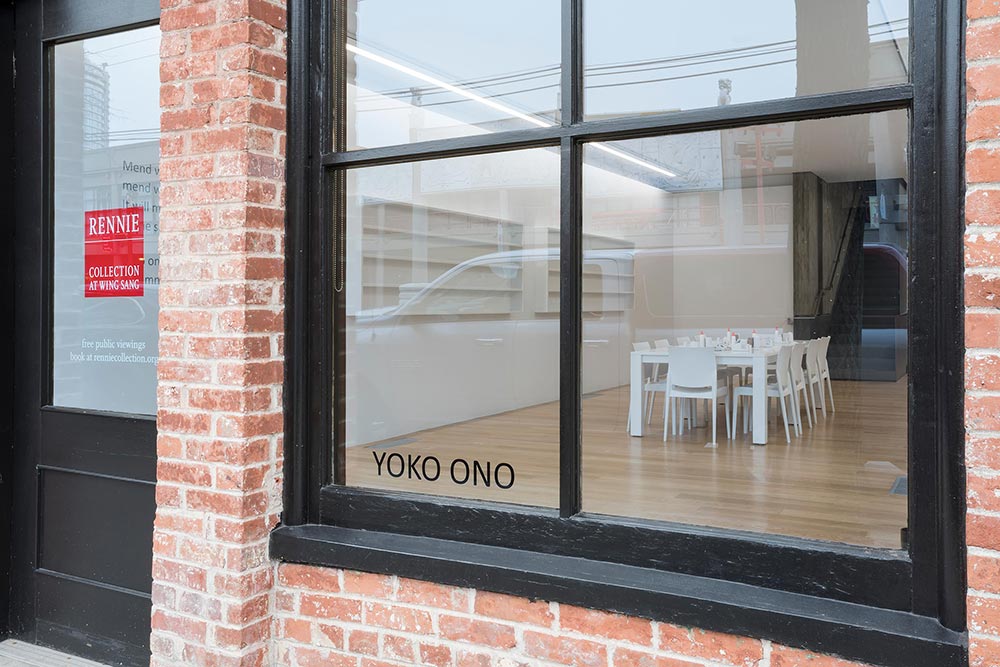
When you enter the gallery, staff invite you to sit and begin the process of mending the broken ceramics. Glue, tape, string, and scissors are at your disposal to reconfigure the ceramics in any way you see fit; no other instructions are given. Your first instinct is to rebuild a cup, but as you search for the right pieces, you soon accept that this is an impossible task.
The results of previous visitors’ creations proudly grace the shelves lining one side of the gallery. There are bundles of ceramics wrapped up in twine. Some are taped together like the petals of a flower, and others dangle off the edge like a vine. Another piece resembles a swan. The overall collection of reassembled work is eclectic, and represents the diversity of minds that created it—more interesting and thought-provoking than the original tea cups could ever be.
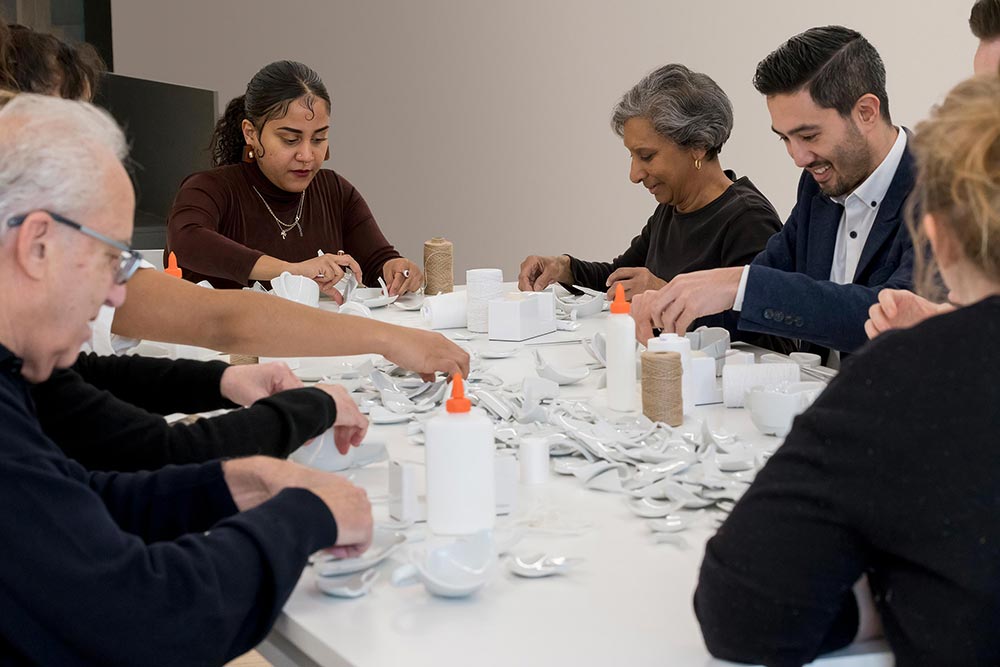
Mend Piece also challenges what it means to be an artist: a concept Ono has explored for decades. By inviting patrons to interact with the work, Ono breaks down the barriers between people not considered artists and the art. It extends a hand and offers an accessible route to engage with a world that can be exclusive.
The process of mending is meditative and invites guests to interact with each other, whether by offering to hold a piece in place or supply encouragement. To others the rebuilding process blooms into a metaphor for mending other things in life: the way we search for the right pieces, accept unexpected outcomes, and reach out to others.
Part of the show includes an espresso bar in the back of the gallery, where guests can enjoy a fresh hit of caffeine and talk about their experience. The coffee station is an extension of the mending process that provides further opportunity to spend time with others and connect.
In a way, each person that comes through the gallery is working toward the same goal of recreating and rebuilding this pile of broken cups. This goal furthers Ono’s lifelong desire for peace and togetherness. Beside the rows of mended work are her words:





